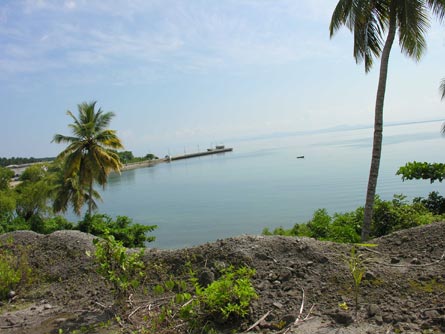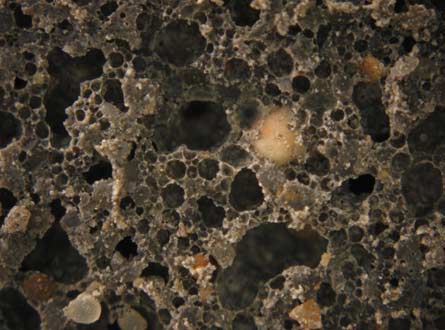CA was retained for the investigation into the alleged environmental damage caused by the handling and storage of manufactured aggregate in the Dominican Republic. All of the material testing reported by the different independent testing agencies confirmed that the raw materials were nonhazardous, non-toxic, and did not represent a danger or hazard to the environment. Visual inspection of the alleged affected areas at the ports of Manzanillo and Arroyo Barril revealed no evidence of distress to the adjacent waters including mangroves and bay shoreline, nor to the adjacent vegetation. CA concluded that manufactured aggregate being stored and/or used at the ports of Manzanillo and Arroyo Barril was non-hazardous. However, there were some deficiencies in the handling, storage, and/or installation of this material at both facilities that needed to be addressed to comply with industry standards for these activities. CA recommended that, in order to ensure the long-term benefit of the cargo storage and truck parking/staging area, the entire area be compacted, re-graded, surface sealed, and that a granular wear course be installed to prevent excessive surface wear and provide and act as a dust suppressant during traffic.


